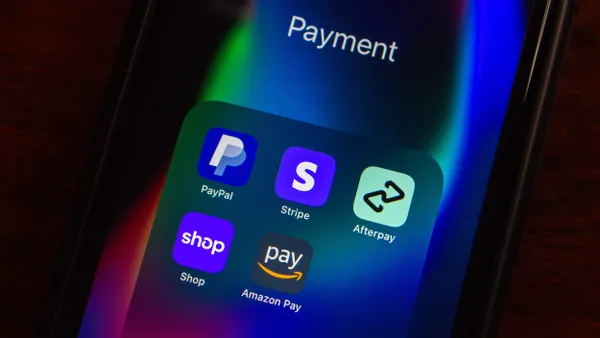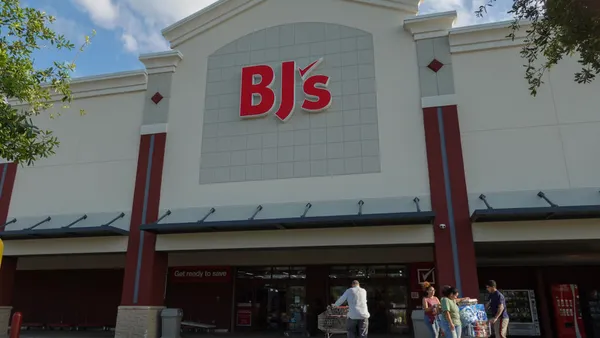In today’s world, a sustainable payment infrastructure is a frictionless one. In Mobile Commerce 1.0, that meant consumers could make purchases on their phones anytime; now we’re well into Mobile Commerce 2.0 – in which we can pay for real-world goods and services while inside the business’s app (think Uber or Starbucks). Today’s marketplace is everywhere, all the time, and invisible.
Frictionless payment moves the consumer through stress-free shopping and checkout: accurate, fast; no unnecessary information required. Consumers value that speed and convenience, and as AI aids the development of social commerce and voice-activated devices, that immediacy will become table stakes for retailers. Consumers will come to expect to complete purchases from a chat window and for their smart device to anticipate and process purchases for them.
So far, US retailers are making huge strides in leveraging technology. According to Zebra Technologies’ Retail Vision Study 2017, 79% of US retailers invested in AI or Internet of Things technologies last year, and many have embraced mobile-first, digital retail – suggesting a response to growing consumer demand.
As that demand climbs, US financial institutions have ramped up their real-time capabilities as well, with many now offering same-day ACH payment and creating new payment infrastructures such as Open APIs. Running parallel to that, breakthroughs in tech can drive payments faster than ever before. Here are two huge trends that have become relatively easy to execute – and that you should implement ASAP to accept and issue real-time payments across all your channels.
Social Shopping Social media has saturated daily life. True, that may have left many of us with a case of information overload, but that’s also the great beauty of having Facebook, Instagram, Twitter and dozens of other social accounts (all linked!) in our hands at all times: It gives both consumers and retailers continual feedback. Images of your products, conversations about your business, customer reviews and more take place in the same place 24/7. A few things we know about how consumers interact with brands:
- 74% of consumers turn to social networks to guide their purchases
- 75% of Instagram users take action, such as visiting a website, after looking at a brand’s post
- 47% of Facebook users in the US have made a purchase directly from a social media post since October 2017

Opportunities to purchase need to be in the mix, too, as worldwide social commerce revenue is $20 billion, according to a report by Statista. Now we can embed APIs into the retail social experience to enable consumers to purchase and pay immediately without leaving their Insta (or Messenger, or WhatsApp, or Pinterest) behind.
How it works: Much like the way Uber and Lyft blend social information, GPS, and payments, we can embed APIs into Instagram photos and Messenger chatbots that take users directly into a seamless payment experience. This means consumers can purchase from your businesses without taking the extra steps to go to your website or your storefront and get what they need without missing a beat.
Voice Shopping The Internet of Things has become a mainstay in many homes, with voice-activated smart speakers increasing efficiency and providing a personalized, seamless shopping experience. A 2017 study by Consumer Intelligence Research Partners found that at least 8.2 million US shoppers own such a device – up nearly 175% from the year before. Another study, by Adobe, found that voice-assistant sales grew 103% year over year from Q4 2016 to Q4 2017. And a recent report by National Public Media and Edison Research noted that 57% of consumers surveyed have ordered items through a smart speaker.
At least as indicative of how integral IoT has become is what consumers are buying with this tech. They purchase household items, pet supplies, groceries, health and beauty products, electronics – it’s the stuff we use every day.

How it works: Voice shopping is already mind-bogglingly speedy – just say, “Device, pay Kim,” or “Device, order more coffee,” and let the smart speaker handle it. Voice recognition triggers access to your account, which is loaded with your payment and shipping preferences, and the tech does the work for you. That’s where tech-driven payment solutions come in: With additional voice recognition technology to authenticate that the person making the purchase is really you, we can keep payments secure while facilitating funds movement in real time (as opposed to a credit card or bank account, which can still take days to process).
By implementing either of these enhancements, you’ll give your customers the payment experience they hope for – and by streamlining the user experience, you could significantly increase conversions (which, research shows, can take a hit when consumers experience friction at checkout). And that high-value, frictionless marketplace is what we’re all aiming for.
Come back for Part 2 of our series, in which we’ll take a deeper dive into conversational commerce: how to tap into the huge opportunities in enabling payments inside your customers’ chatbots – whether on your own e-commerce site or their preferred social platform.
Kevin Brown is VP of Product and Marketing for Wirecard North America.









